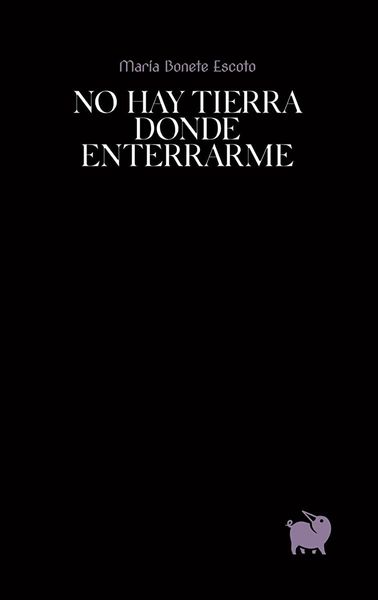
No hay tierra donde enterrarme
“To the north is the town. It used to be a city. On clear nights, which are the least, what remains of the ruins of the old cathedral can be seen in the distance. To the south, to the east, to the west, the wastelands stretch, miles of mud and heather eaten away by rain. The earth swallows people, animals, abandoned vehicles, and then the mud regurgitates them, like unwanted gifts. Twisted roots, old appliances; ancient and modern corpses rise from the mud, sunken ships at the bottom of the sea ”. María Bonete (one of the authors of the climatic fiction anthology Estío, published by Episkaia) executes in No land to bury me, with the writing of the Brontë sisters as a compass, an update of the Gothic novella in a future of environmental disaster, in what probably constitutes the first work of the climatic Gothic. In this remote landscape somewhere in the UK, the fog hides and gradually destroys the protagonists' relationship with the known world. Perhaps there is hope beyond the controlled comfort of everyday life, also transformed into a space of surveillance and control, but the only way to enter the mist and return is to do it together.